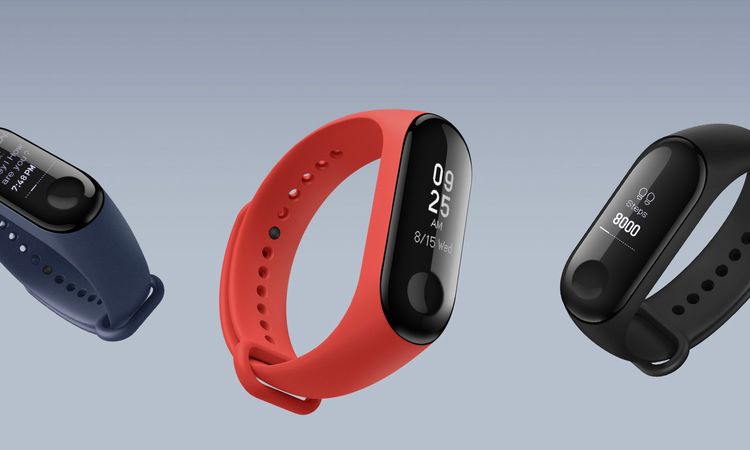A Worthy Mi Band 2 Successor?
As far as fitness bands go, Xiaomi’s line up of Mi Bands has been one of the best selling in the world. Ever since the company launched the (admittedly pretty basic) original Mi Band, it has caught the eye of a mass audience thanks to the aggressive pricing strategy by the company. I’ve used every Mi Band the company has launched, and we got the Mi Band 3 from China that I have been using for quite some time now. Well, the Mi Band 3 has arrived in India at a price of Rs. 1,999 on Amazon and Mi India. So, without further ado, let’s get to our Mi Band 3 review:
Design and Build: Exceedingly Xiaomi-like, and I Love It
As far as the design and build of the Mi Band 3 is concerned, Xiaomi has gone with its tried and tested design philosophy, improving upon the Mi Band 2 in some key areas, and that really makes a difference in what the band looks like, and how it feels on the wrist. Arguably, the Mi Band 3 fixes two of the biggest flaws in the Mi Band 2 design — the non-touch enabled display, and the eyesore of a button. The Mi Band 3 comes with a touchscreen display, and a button that’s more like a depression in the panel. The button here manages to easily blend in with the rest of the glass panel on the front, and manages to look almost low-profile.

The Mi Band 3 also improves upon the Mi Band 2 in terms of the display. This time around, Xiaomi has put in a comparatively massive 0.78-inch touchscreen OLED panel inside the tracker. That’s a big step-up from the 0.42-inch OLED panel on the Mi Band 2.
The display here is brighter as well, by a considerable margin as compared to the one you’d find on the Mi Band 2. It has a pixel density of 193ppi, which, as far as I’m aware, is one of the highest in a fitness band. It definitely feels really sharp as compared to other fitness bands in the price range.
There’s also heart rate tracking, and the Mi Band 3 improves upon the Mi Band 2 here as well. While the Mi Band 2 could measure your heart-rate, it would only do so if explicitly asked to, and not on its own. That may be fine, but having an option to automatically take heart rate readings can be a godsend to anyone suffering from cardiac issues. The Mi Band 3 allows users to set an interval for the tracker to automatically take heart rate readings.
At Rs. 1,999, the Mi Band 3 is simply unbeatable. Whether you’re looking to buy your first fitness band, or thinking of upgrading from a Mi Band 2, I have absolutely no problems in recommending the Mi Band 3.
There’s also the sleep data, which again is pretty much the same as it has been. The data is divided into three different regions — deep sleep, light sleep, and awake. Along with all of that, the app shows an analysis of your sleeping patterns, and even makes suggestions on how to form better sleeping habits that’ll be helpful.
Mi Band 3: Truly an Upgrade over the Mi Band 2
While Xiaomi claims a battery life of 20 days with the Mi Band 3, that’s under lab testing conditions, and with manual heart rate tracking. In my personal usage, I had set the heart rate measurements to every 10 minutes through the day. That obviously drains quite a lot of battery (and Xiaomi warned me about it when I first enabled it), but even with that, the Mi Band 3 lasted an easy 10 days. That’s honestly kind of ridiculous.






